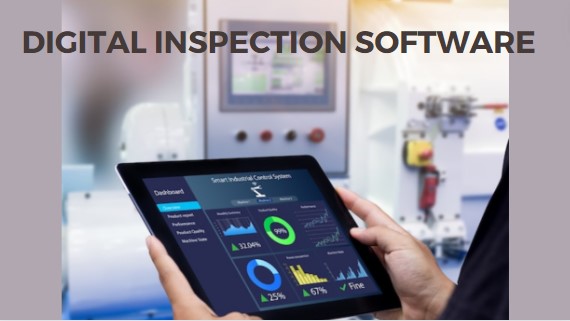
Choose Right Digital Inspection Software for Your Business
Pratik Lohiya |
07 Mar 2024 |
12:34 PM
- What is Inspection Software?
- Importance in Business Operations
- Needs Assessment
- Understanding Inspections
- Implementation and Benefits
- Writing Effective Checklists
- Challenges and Solutions
- Enhancing Inspections
- Conclusion
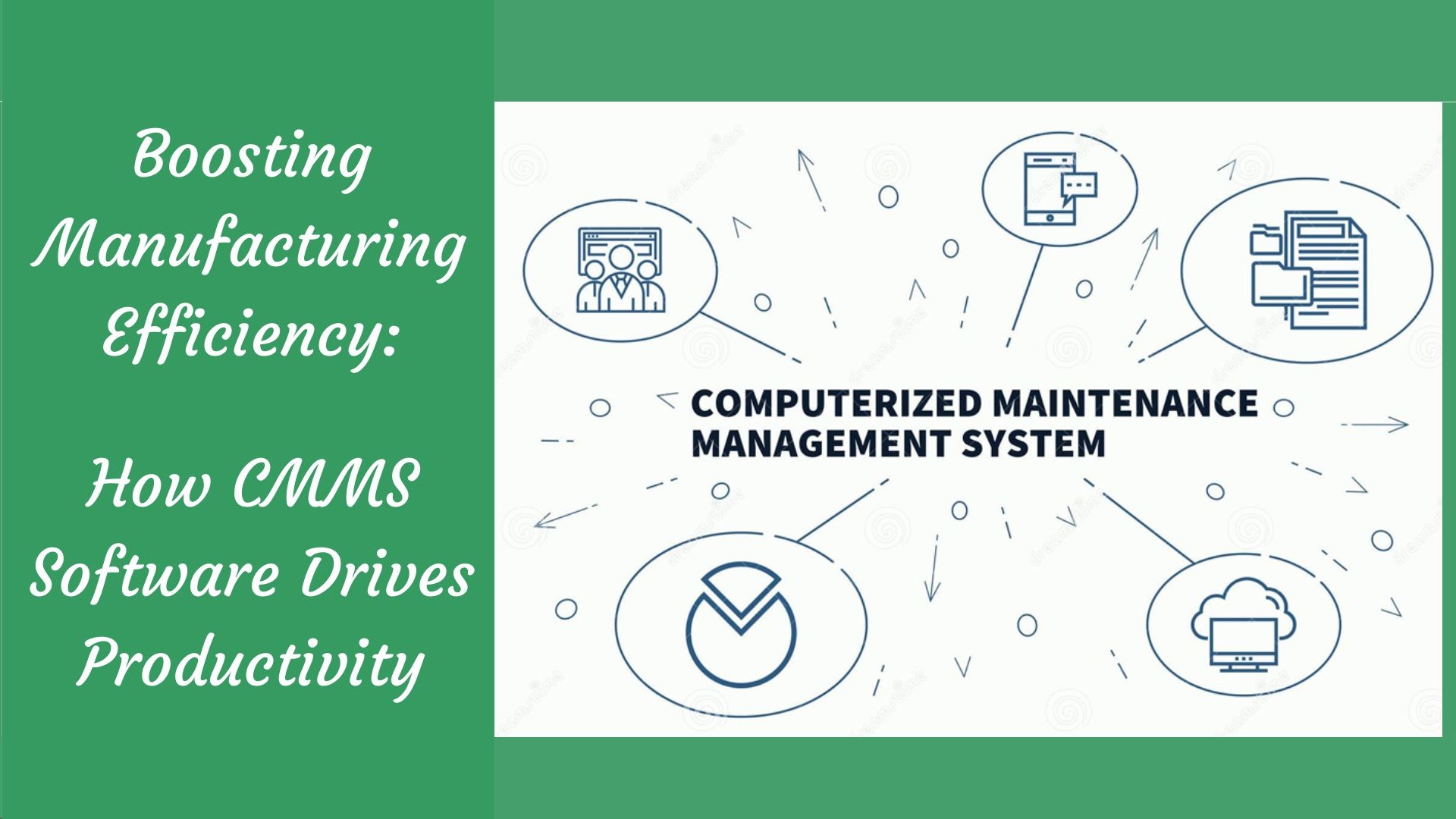
Boosting Manufacturing Efficiency: How CMMS Software Drives Productivity
Madhurima Sanyal 05 May 2024 | 10:17 AMDiscover how CMMS software revolutionizes maintenance efficiency in manufacturing. Learn how to boost productivity, reduce downtime, and achieve cost-effective operations in this insightful guide!...
What is Inspection Software?
The integration of technology has become indispensable for optimizing operations and ensuring quality standards. One such technological advancement that has revolutionized the inspection process is inspection software. Inspection software, including digital inspection software, inspection and measurement software, and measurement and inspection software, offers businesses a streamlined approach to conducting inspections, audits, and quality control processes.
Importance in Business Operations
From manufacturing to healthcare, inspection software plays a pivotal role in maintaining compliance, improving efficiency, and enhancing overall productivity. By automating repetitive tasks, facilitating real-time data analysis, and providing comprehensive reporting capabilities, inspection software empowers organizations to streamline operations and achieve their workflow or measurement objectives with precision and accuracy.
In this blog, we will explore deeper into the significance of inspection software in modern business operations, exploring its key features, benefits, and how to choose the right inspection software solution tailored to specific business needs.
Key Features
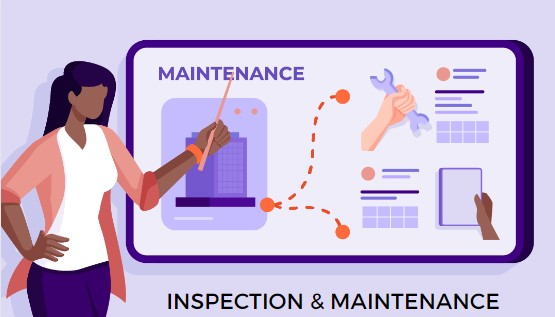
Essential Functions
Measurement and Inspection applications offers a host of essential functions designed to streamline and optimize inspection processes across various industries. These features include:
-
Customizable Inspection Templates: Inspection software provides customizable templates tailored to specific industries and inspection requirements, allowing businesses to standardize inspection procedures and ensure consistency.
-
Mobile Accessibility: With mobile inspection software, inspectors can conduct inspections using smartphones or tablets, enabling real-time data capture, photo documentation, and instant reporting from the field.
-
Integration Capabilities: Inspection software seamlessly integrates with other business systems such as CAD software, ERP systems, and CRM platforms, ensuring data continuity and streamlining workflow processes.
Business Benefits
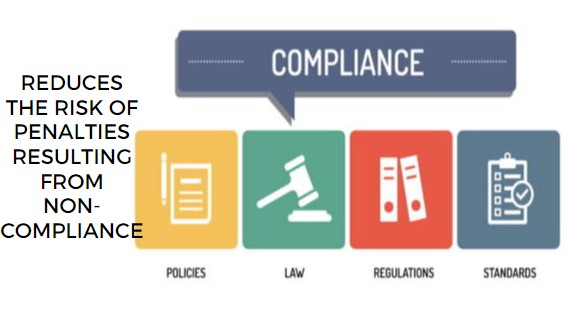
The adoption of inspection software yields numerous benefits for businesses, including:
-
Increased Efficiency: By automating manual tasks, reducing paperwork, and eliminating data entry errors, inspection software enhances operational efficiency and accelerates the inspection process.
-
Improved Accuracy: With features like digital measurements, automated calculations, and standardized checklists, inspection software ensures accuracy and consistency in inspection results.
-
Enhanced Compliance: Inspection software helps businesses maintain regulatory compliance by providing audit trails, generating compliance reports, and enforcing standardized inspection procedures.
Needs Assessment
Identifying Requirement and Tailoring Solutions - Before implementing inspection software, businesses must conduct a thorough needs assessment to identify specific requirements and tailor solutions accordingly. This involves assessing the existing inspection process, workflow, and desired outcomes. Key considerations include the type of inspections conducted, frequency, regulatory compliance requirements, and integration needs.
Integration -CAD and Software Compatibility and Hardware Integration - Integration plays a crucial role in the successful implementation of inspection software. Ensuring compatibility with CAD software and hardware devices is essential for seamless data exchange and workflow efficiency. Whether it's interfacing with virtually any CAD software or integrating with existing hardware solutions, compatibility ensures a smooth transition and optimal performance.

Training and Support - Staff Training and Maintenance and Assistance - Comprehensive training and ongoing support are essential components of a successful inspection software implementation. Staff training ensures that users are proficient in utilizing the software's features effectively. Additionally, maintenance and assistance from software and hardware providers ensure continuous operation and address any issues promptly.
Customer Protection - Preventing Fraud - Preventing fraud is a paramount concern for businesses, especially in industries where inspections play a crucial role in ensuring safety and compliance. Inspection software enhances customer protection by providing robust fraud prevention measures, secure data storage, and audit trails, safeguarding both businesses and customers alike.
Understanding Inspections
Purpose and Types
Inspections aim to assess the condition, quality, and compliance of products, processes, or facilities. They help identify defects, deviations from standards, and potential hazards, allowing businesses to take corrective actions and mitigate risks.
Inspections can vary widely based on industry requirements and objectives. Common types include:
-
Product Inspections: Checking finished goods for defects, functionality, and adherence to specifications before they reach customers.
-
Process Inspections: Monitoring manufacturing or operational processes to ensure compliance with standards and identify areas for improvement.
-
Safety Inspections: Assessing workplaces, equipment, and procedures to prevent accidents, injuries, and environmental hazards.

-
Regulatory Inspections: Conducted by government agencies to enforce compliance with laws, regulations, and industry standards.
Quality Control Contribution
Digital inspections play a crucial role in maintaining and improving product quality and consistency. By identifying defects early in the production process, inspections help minimize waste, rework, and customer complaints. They also contribute to continuous improvement initiatives by providing valuable data for root cause analysis and process optimization.
Checklists
Inspection management software streamlines the implementation of checklists by providing customizable templates tailored to specific industries and inspection parameters. These templates can be easily modified to align with regulatory standards, organizational protocols, and unique inspection criteria.
Implementation and Benefits
Benefits: Incorporating checklists into inspection processes offers several benefits, including:
-
Standardization: Checklists ensure uniformity in inspection procedures, minimizing variations and ensuring that all critical checkpoints are evaluated consistently.

-
Efficiency: By providing a systematic framework for inspections, checklists streamline the assessment process, saving time and reducing the likelihood of errors or oversights.
-
Compliance: Checklists help ensure regulatory compliance by guiding inspectors through required tasks and documentation, reducing the risk of non-compliance.
-
Accountability: Checklists hold inspectors accountable for completing all necessary steps and recording accurate data, promoting thoroughness and accuracy in inspections.
Writing Effective Checklists
To create effective checklists, consider the following tips:
-
Define Clear Objectives: Clearly outline the purpose and objectives of the inspection to ensure that the checklist addresses relevant criteria.
-
Prioritize Key Points: Identify critical inspection points and prioritize them within the checklist to focus attention on areas of highest importance.

-
Use Simple Language: Keep checklist items concise and easy to understand, avoiding technical jargon or ambiguity.
-
Include Visual References: Incorporate images, diagrams, or references to aid inspectors in identifying specific components or defects.
-
Review and Update Regularly: Periodically review and update checklists to reflect changes in regulations, processes, or inspection requirements, ensuring their ongoing relevance and effectiveness.
Checklists within measurement and inspection software offer a structured approach to inspections, delivering standardized processes, enhanced efficiency, compliance adherence, and accountability. By implementing and refining effective checklists, organizations can optimize their inspection procedures and bolster overall quality control efforts.
Challenges and Solutions
Overcoming Obstacles
-
Resistance to Change: Some employees may resist adopting new technology. To overcome this, provide comprehensive training and emphasize the benefits of the software.
-
Integration Complexity: Integrating inspection software with existing systems can be complex. Choose a solution with robust integration capabilities and seek assistance from software providers if needed.
-
Data Management: Managing large volumes of inspection data can be daunting. Utilize features like data management tools and cloud storage to streamline data handling processes.

Strategies for Success:
-
Executive Buy-In: Secure buy-in from senior management to ensure organizational support and resource allocation for the implementation process.
-
User Involvement: Involve end-users in the selection and customization of the software to ensure it meets their needs and preferences.
-
Continuous Improvement: Regularly review and optimize inspection processes to adapt to changing requirements and industry standards.

By addressing these challenges with proactive strategies, businesses can successfully implement and maximize the benefits of inspection management software.
Enhancing Inspections
Automation and Efficiency
To optimize inspections, businesses turn to measurement and inspection software, mobile inspection software, and measurement and inspection solutions. These tools automate manual tasks, improving efficiency and accuracy.
Analysis and Reporting
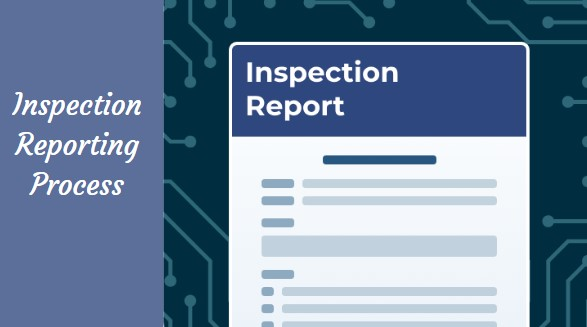
Additionally, they facilitate real-time analysis of inspection data and generate comprehensive reports for informed decision-making. With features like import measurement points and precision measurement points, these solutions ensure repeatable process control and optimum resource utilization. Moreover, with quick and reliable support, businesses can address any issues promptly. By leveraging these technologies, organizations enhance inspections, streamline operations, and uphold quality standards.
Team Collaboration
Incorporating communication channels within inspection management software fosters collaboration among team members. Whether through chat, email, or notifications, these channels facilitate seamless information exchange and decision-making.
Additionally, accountability measures ensure that each team member understands their responsibilities and contributes to the inspection process effectively. By promoting open communication and clear accountability, businesses can enhance teamwork, streamline operations, and achieve consistent inspection outcomes.
Data Security

Incorporating robust storage and protection mechanisms is crucial within inspection management software. These measures ensure that inspection data remains secure from unauthorized access or breaches. Additionally,
Compliance measures are implemented to adhere to industry regulations and standards, safeguarding sensitive information and maintaining trust with stakeholders. By prioritizing data security, storage, protection, and compliance, businesses can mitigate risks, uphold integrity, and confidently manage inspection data within their systems.
Cost-Effectiveness

When considering inspection management software, businesses evaluate both implementation and maintenance costs and long-term benefits to determine cost-effectiveness. While initial implementation costs may vary depending on software and hardware requirements, the overall ease of use and efficiency gained can contribute to long-term savings. Opting for user-friendly solutions minimizes training expenses and maximizes operational efficiency, making them more cost-effective over time.
Therefore, businesses prioritize solutions that strike a balance between reasonable implementation costs and ease of use to achieve optimal cost-effectiveness in their digital inspection processes.
Choosing a Provider

When selecting a digital inspection software provider, businesses consider various vendor selection criteria to ensure they meet their needs effectively. One crucial criterion is the provider's focus on location independence, enabling access to inspection tools and data from anywhere. Businesses prioritize providers that offer cloud-based solutions, allowing for seamless access and collaboration regardless of location.
Also, factors such as reliability, scalability, support services, and pricing models influence the decision-making process. By prioritizing location independence, open software compatibility and other key criteria, businesses can select a provider that aligns with their goals and facilitates efficient inspection management processes.
Cloud Solutions

Businesses increasingly opt for cloud-based inspection management software due to its flexibility and scalability. These solutions offer on-demand access to inspection tools and data, facilitating seamless collaboration and real-time updates. Additionally, cloud-based platforms provide flexibility to scale resources according to business needs, accommodating growth and fluctuations in demand effectively.
One of the key advantages of cloud-based inspection software is its ability to operate both online and offline. Users can access and conduct inspections even in environments with limited or no internet connectivity. Inspection data is synchronized automatically once an internet connection is restored, ensuring data integrity and continuity of operations. This offline capability enhances productivity and efficiency, allowing inspections to proceed without interruptions regardless of connectivity challenges.
Value Addition
Embracing a customer-centric approach, digital inspection solutions aim to add significant value to operations across industries. By offering a truly CAD-based platform, these solutions seamlessly integrate with existing CAD environments, ensuring compatibility with new and legacy hardware. With dedicated software and established transfer protocols, businesses experience lower software training overheads and enhanced productivity.
Moreover, user-friendly interfaces and intelligent geometric dimensioning simplify operations, while enabling on-site inspections and creating comprehensive inspection plans. By prioritizing quality management and critical workflow considerations, inspection solutions contribute to improving product lifecycle management and overall operational efficiency, thereby adding substantial value to business operations.
Conclusion

Choosing the right digital inspection software is paramount for businesses seeking to optimize operations, ensure regulatory compliance, and drive growth. Leveraging advanced technologies such as cloud solutions, mobile capabilities, and seamless integration with CAD platforms, organizations can streamline inspection processes and boost overall productivity. Prioritizing factors such as data security, user-friendly interfaces, and responsive support services is crucial for maximizing the benefits of inspection software.
Moreover, embracing a customer-centric approach and focusing on value addition to operations are key determinants of success. Measurement and inspection solutions offering a truly CAD-based platform, support for both new and legacy hardware, and intuitive interfaces empower users to conduct quality inspections efficiently. Furthermore, functionalities like the ability to operate legacy machines, conduct on-site inspections, and create comprehensive inspection plans enhance versatility and adaptability in various operational scenarios.
Ultimately, investing in the right digital inspection software not only optimizes inspection processes but also contributes to superior product quality, efficient asset management, and overall operational excellence. By continuously refining inspection strategies and leveraging cutting-edge features such as intelligent geometric dimensioning and tool making, businesses can stay ahead of the competition and achieve sustainable growth in today's dynamic marketplace.